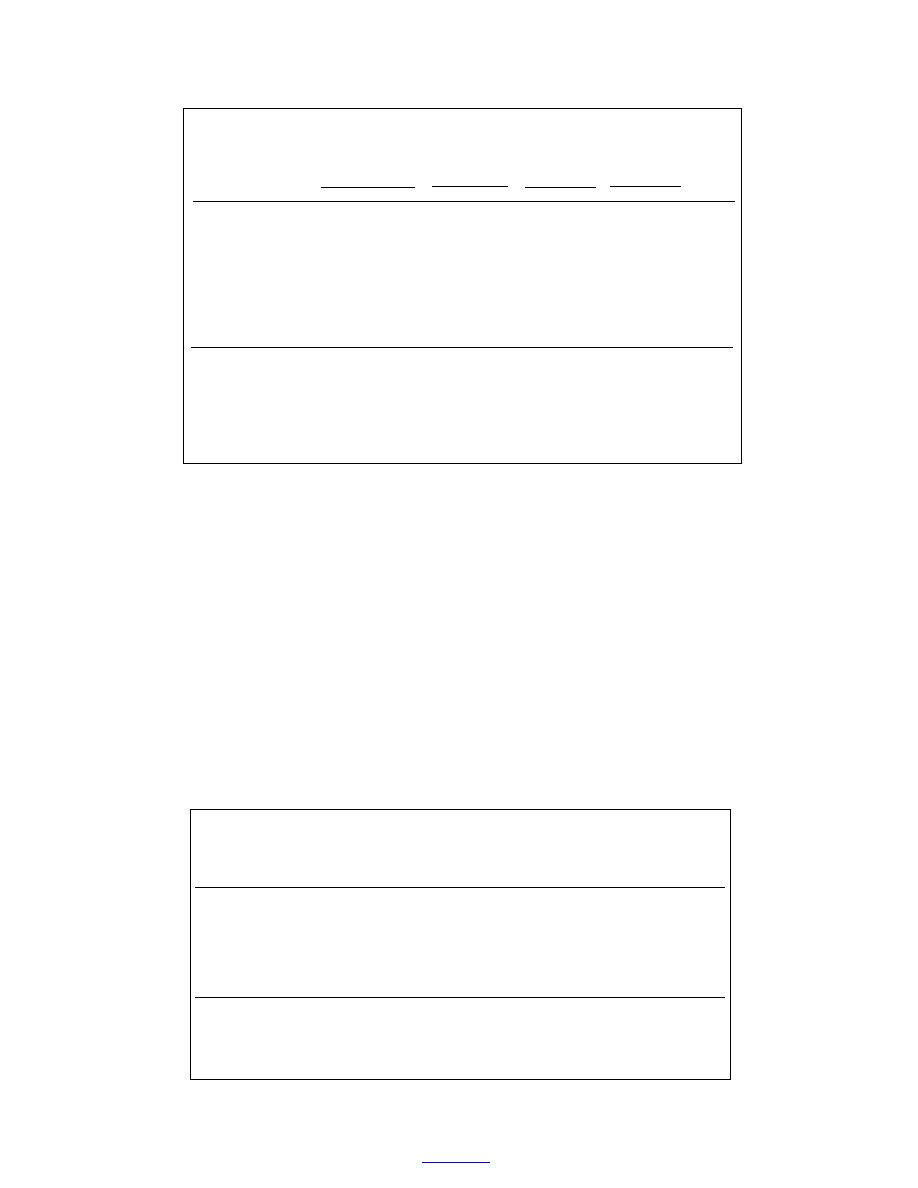
Table 1. High-explosive load carried by munitions items commonly fired at Fort Lewis.1
Main
Pellet
Main
charge
Supplemental
Pellet
auxiliary
charge
(g)
charge
booster
booster
total
DODIC2
HE3 Wt (g)
Round
RDX
TNT
HE
Wt (g)
HE
Wt (g)
(g)
M67
G881
110.6
71.9
184.3
C2564
--5
81-mm
571.5
371.5
Tetryl
22.1
Tetryl
63.0
943
--
105-mm
C445
--
2086
TNT
136
--
--
--
--
2086
C4454
105-mm
1252
814
TNT
132
--
--
--
--
2086
C6234
1790
1170
2990
120-mm
120-mm
C788
--
2100
--
--
--
--
2100
107-mm
C697
1252
814
TNT
132
--
--
--
--
2086
D5444
155-mm
4191
2725
TNT
136
--
--
--
--
6916
155-mm
D544
--
6622
TNT
136
--
--
--
--
6622
1
Source of data is the Munitions Items Disposition Action System (MIDAS) and personal communica-
tion, Mark Serben, Office of the Product Manager for Mortar Systems, TACOM, Picatinny Arsenal,
New Jersey, 19 March 2000.
2
Department of Defense Identification Code.
3
High explosive.
4
Main charge is Composition B, which is typically composed of 60 percent RDX and 39 percent TNT.
5
Not present.
in each, have been used to a similar extent. We chose
nade contains about 100 g of RDX, 11 g of HMX, and
Range 3 for extensive soil sampling. Range 3 is approx-
72 g of TNT in the main charge. The detonator in the
imately 11 m wide at the launch end (Fig. 1). The side-
M67 also contains 1.3 g of RDX and thus each grenade
walls that enclose the impact area widen to approxi-
contains a total of about 101 g of RDX, 11 g of HMX,
mately 25 m where they ended some 25 m from the
72 g of 2,4,6-TNT, with less than a gram of 2,4-DNT,
launch bunker. The presence of a number of craters indi-
TNB, and other impurities. The mass of the various
cated that grenades had landed well beyond this 25-m
high-explosive chemicals present in the M67 grenade
distance. The range was heavily cratered indicating
and other ordnance commonly fired at Fort Lewis is
extensive use. Over the last four years EOD cleanup
provided in Table 1. The M26 grenade contains about
practices (detonation of duds and low-order detonations)
84 g of RDX, 9 g of HMX, 60 g of TNT, and 0.6 g of
involved the use of C-4 explosive (RDX). In years prior
2,4-DNT and other impurities.
The soil in the grenade impact area is a coarse grav-
to the use of C-4, TNT was used for this activity.
elly sand with stones as large as 15 cm (Table 2). Grasses
Within Range 3, three lanes perpendicular to the
sparsely cover areas not recently affected by range use.
launching bunker were laid out for soil sampling. These
The four impact areas within the grenade range are con-
lanes were located at 15, 20, and 25 m from the launch-
secutively numbered, and from the numbers of craters
ing area (Fig. 2). At a distance of 15 m from the launch
Table 2. Physical characteristics of Fort Lewis soils.1
Total
Particle size
TOC2
CEC3
Total Fe4
inorganic N5
distribution (%)
(meq 100 g1)
(mg kg1)
(mg kg1)
Sample location
(%)
pH
Sand Silt
Clay
Artillery range
Firing point
11.3
47.4
1,530
1,530
5.6
63.2
17.5
19.3
Impact area
7.38
38.0
1,960
3,484
5.7
64.7
19.2
16.1
Hand grenade range
Surface
0.26
6.8
3,030
175
6.8
82.3
7.8
9.9
Subsurface
0.12
6.8
2,010
151
7.0
84.6
4.5
10.9
1
Values represent a single composite of samples from each location.
2
Total organic carbon.
3
Cation exchange capacity.
4
Total iron.
5
Total inorganic nitrogen.
3
To contents



 Previous Page
Previous Page
